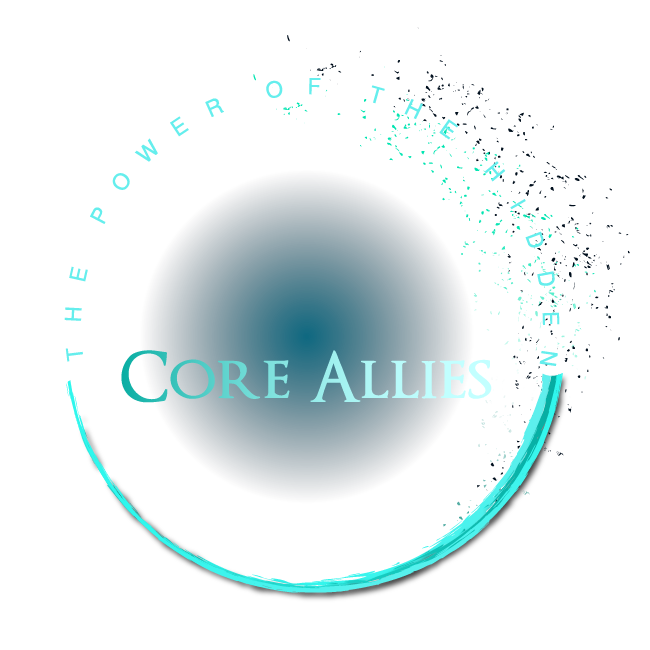Intentions and Questions
In previous posts, I’ve talked about how the unconscious can create barriers to change, and gave some examples of these barriers. This concept of unconscious blockage may seem bleak, but the good news is that the barriers aren’t insurmountable. In the next few posts I will discuss how the barriers can be identified and ultimately overcome, opening a door in the barrier and allowing you to go through it to lasting change.
The first step is to decide what you want to change. Is there a behavior or way of thinking that is holding you back from what you want to achieve? Or is there a behavior or skill you want to acquire? Or something about your current life that concerns you, or a pain point that worries you? You might have imposter syndrome, a problem that affects people at all levels, and want to escape your negative thoughts about your abilities. Or you might have trouble understanding and getting along with people, and want to find a better way to connect. Or you might have become bored at your work, and want to find a new source of intellectual stimulation. Find an area or focus where you have tried to make a change and failed, or where you haven’t been able to attempt change despite knowing that it would be good for you. These are the areas where an unconscious barrier may be at work.
Given an area where you want to change, the next step is to turn the desire to change into a concrete intention or goal that makes the desired change more specific. What would it look like to change? How could you tell that you have changed? It can help to write down your intention to make it more solid.
Now that you have an intended change, you can start exploring what may be blocking you from making the change. It is by exposing and understanding the unconscious barriers that you can surmount them. But how can you discover these barriers?
Start by asking yourself some hard questions about your intention.
What is the benefit of not changing? What would you be giving up if you made this change? What problems could changing create?
Why haven’t you made the change yet? If you have tried and failed, how did you fail? If you haven’t been able to start, what excuses have you given yourself for not starting?
What could cause you to fail in making the change? What frightens you about the change? What will be particularly difficult?
Do you have assumptions that have so far stopped you from making the change? Do you have competing agendas or goals that get in the way of making the change?
Once you have answered these questions, think about which of these limiting factors feels the strongest to you, the one that seems like it might be at the root of your inability to make the change. Behind this factor there are likely to be unconscious beliefs that are preventing the change.
In future posts, I will talk about how you can further explore this factor and do experiments to develop a better understanding of what is holding you back. With this knowledge, you can begin to overcome the barrier.

